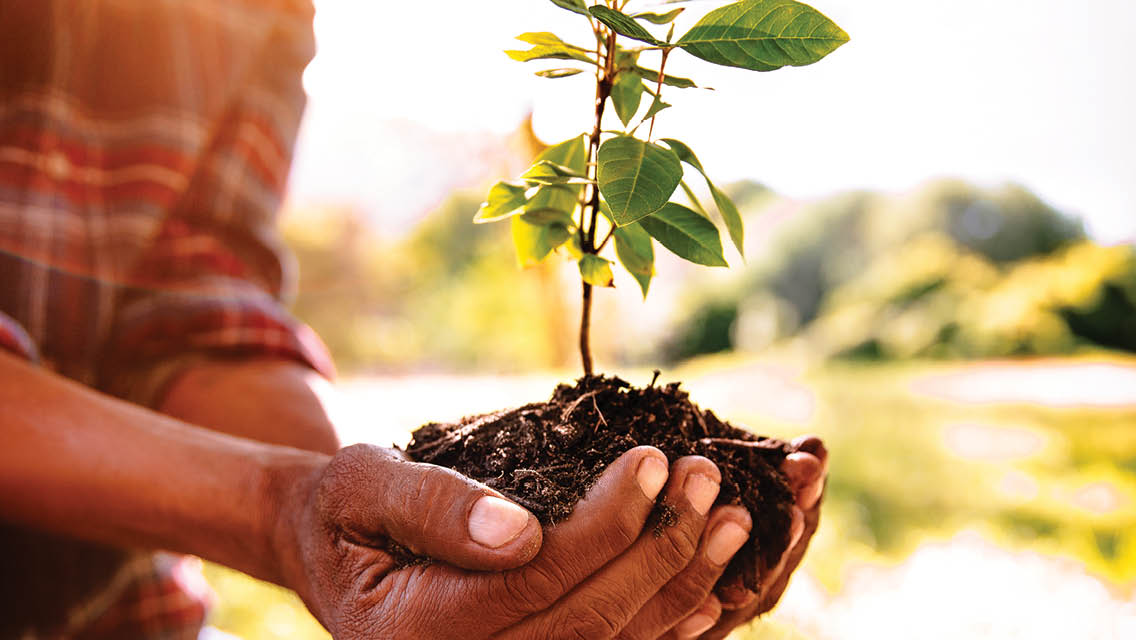The average person inhales roughly 20,000 times each day, making breathing the most fundamental way we interact with our environment. Today, many of those breaths include pollutants, such as particulates, carbon monoxide, nitrogen oxides, and sulfur dioxides, created by human industrial activities as well as by wildfires and volcanoes. These compounds can cause acute respiratory symptoms and heart disease, among other problems.
The American Lung Association stated in its 2022 State of the Air report that more than 40 percent of Americans, some 137 million people, live in places with unhealthy levels of ozone or particle pollution.
According to the Centers for Disease Control and Prevention (CDC), about 8 percent of the U.S. population has been diagnosed with asthma. Between 1980 and 2002, the total number of cases more than doubled.
Wildfires, which are increasing in frequency and severity and often exacerbated by drought, are one of the leading causes of worsening air quality. “Wildfires don’t need to be that big to degrade air quality over huge swaths of land,” notes professor of emergency medicine Jay Lemery, MD, FACEP, FAWM, codirector of the Climate and Health Program at the University of Colorado School of Medicine and coauthor of Enviromedics: The Impact of Climate Change on Human Health. (See “The Ecological Consequences of Wildfires” for more.)
“Here in Denver, we have triathletes coming in after working out, thinking they have asthma, but it’s actually reactive-airway disease from smoke from wildfires.”
Poor air quality affects not only the physiologically vulnerable but also the young and healthy. “Here in Denver, we have triathletes coming in after working out, thinking they have asthma, but it’s actually reactive-airway disease from smoke from wildfires,” he says. “It affects everybody.”
Increased heat and atmospheric temperatures worsen the effects of air pollution, he adds. A recent University of Southern California study assessed the correlation between air quality, temperature, and mortality in Southern California. It found that extreme-heat days carried a 6.1 percent increase in overall mortality risk. On extreme-air-pollution days, the risk increased by 5 percent. On days with both extreme heat and extreme air pollution, deaths were 21 percent more likely. Those over age 75 faced the greatest increase in risk.
How to Build Resilience
Those who live in areas prone to drifting smoke from wildfires (that’s almost all of us) should be familiar with the daily air-quality index, Lemery says. Before heading out for a jog, assess whether it’s going to be a healthy day to exercise outside. If not, find a way to keep your workout indoors, preferably somewhere with an air filter.
“Having a good HEPA air filter that filters out very small particles is becoming a requirement for people who live in areas impacted by forest fires. For extra-fine smoke particles, it may be necessary to combine the HEPA filter with one that has a chemical absorbent, such as activated charcoal,” says integrative practitioner Robert Rountree, MD.
In addition to filtering out the bad stuff, it’s important to nurture healthy lungs from the inside out by spending time in nature — when air quality allows, he says. “We used to think that outside of the skin, nose, and gastrointestinal tract, the body was pretty sterile. Now we know that we also have a lung microbiome with its own unique community of healthy bacteria.”
A healthy lung microbiome is crucial to avoid “leaky-lung syndrome,” a loosening of the tight junctions in the lining of the lungs, which occurs when they’re chronically irritated by smoke or other particulate matter. Leaky lungs allow bacteria and other substances to get into the space beneath the surface of the lung, activating the immune cells there. This triggers a chronic inflammatory response — the first stage of autoimmunity.
Rountree recommends walking regularly in green and blue spaces to support a healthy lung microbiome. “When you walk by the ocean or a lake where the air is full of moisture, you’re breathing in tens of thousands of viruses and bacteria — all that wet air is replenishing your lung microbiome.”
And walking in the woods or practicing shinrin-yoku (forest bathing) exposes your lungs to phytoncides, beneficial volatile organic compounds that have been shown to offer anti-inflammatory, mood-supporting, and immune-enhancing benefits. “Even if you just go for a 30-minute hike in a wooded area and breathe deeply, that helps restore the lung microbiome,” Rountree says.
(Learn more about lung health at “Take a Deep Breath.”)
This was excerpted from “How Climate Change Affects Your Health — and How to Build Resilience” which was published in Experience Life magazine.





This Post Has 0 Comments